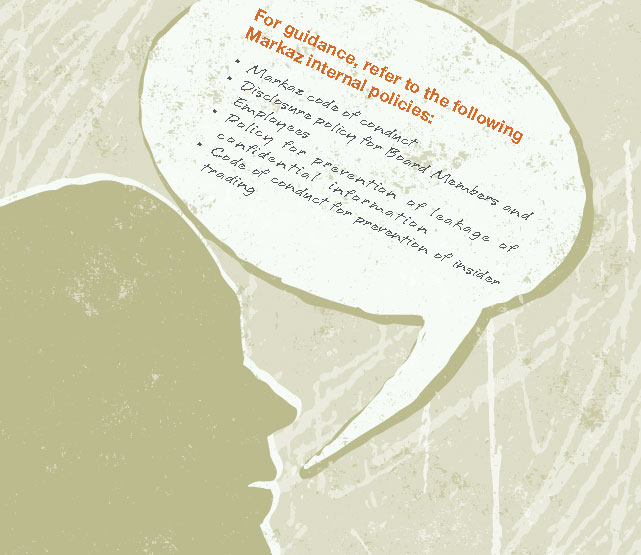
What is ”insider trading” and how can you avoid being at odds with laws?
“Insider trading” is a term that most investors have heard about and usually associate with illegal conduct. But the term actually includes both legal and illegal conduct. The legal permitted trade is when corporate insiders - Directors, Executive Management and Employees—buy and sell stock in their own companies as long as they do not rely on non-public material information.
When corporate insiders trade in their own securities, they must report their trades to the Capital Market Authority, KSE and the Company.
Illegal insider trading refers generally to buying or selling a security, in breach of a fiduciary duty or other relationship of trust and confidence, while in possession of material, nonpublic information about the security. Insider trading violations also include “tipping” such information, securities trading by the person “tipped,” and securities trading by those who misuse such information.
Insider trading is considered to be unfair to other investors who do not have access to the information as the investor with insider information could potentially make far larger profits that a typical investor could not make. Because insider trading undermines investor confidence in the fairness and integrity of the securities markets, the CMA have treated the detection and prosecution of insider trading violations as one of its enforcement priorities.
Potential breaches & penalties for insider trading in Kuwait


